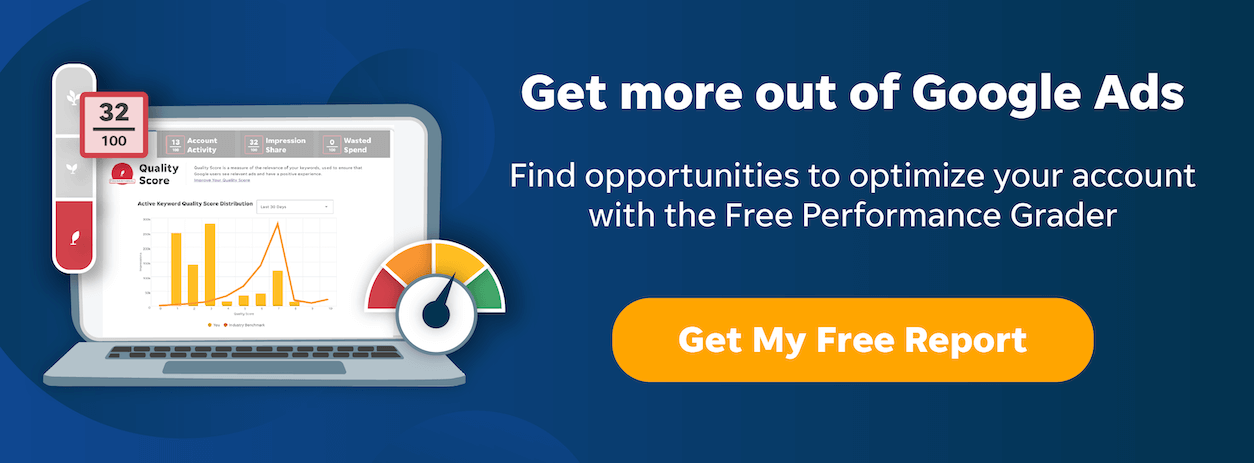AdWords Position Preference Bidding Is Retired: What You Need to Know About AdWords Average Position
Google recently announced that they are retiring position preference bidding. Some smart PPC managers had been talking about how position bidding wastes money for some time, and Google’s own chief economist had taken great pains to lay out the argument against bidding to position in your attempts to improve your actual sales and costs per sale.
If you’re hearing this news now for the first time you might be wondering why people ever used bidding to position as a means of managing bids, what you should know about AdWords average position metric, and of course: whether or not there may be some instances where this data is still useful in your campaign.
Why Bid to Position?
Obviously with Google sharing some of its own data and Google and top PPC minds decrying the value of the metric for bidding it seems pretty obvious that bidding to position is generally sub-optimal for AdWords bid management, by why was it ever considered viable?
The premise behind the tactic was that an advertiser would want to increase bids to maintain a minimum position for certain keywords to ensure exposure on those terms. The reality of course is that the focus should be more on the actual ROI of keywords and specific search queries rather than blindly bidding to position.
What Should You Know About the Average Position Metric?
Two key highlights from Hal Varian’s excellent post are:
- Increasing a bid may improve page position but not auction position – Basically this means that your ad may show as being in position one, but not all position ones are created equal (for instance you might be in position one above the organic listings, or you might be in position one on the right hand side of the page — two very different “position ones”)
- A bid increase may move your average position lower on the page – Some auctions require a minimum bid, so you might bid your way into a lower average position by having your ad show in more auctions.
So as you think about average position, you need to keep in mind that your average position metric doesn’t tell you true position on the page, and isn’t telling you when you might be bidding your way into a different average position.
So How Can You Use Average Position?
I do think that average position still has some utility as a metric, assuming you understand that the metric is limited. The best way is really to use the metric as a diagnostic tool to answer questions like “why isn’t my PPC campaign driving any traffic?” You can use the metric to help you quickly and at a glance understand whether a lack of traffic is due to a lower average position than you might be able to achieve — again, understanding the limitations of the metric and using it as a directional indicator.








Comments
Please read our Comment Policy before commenting.